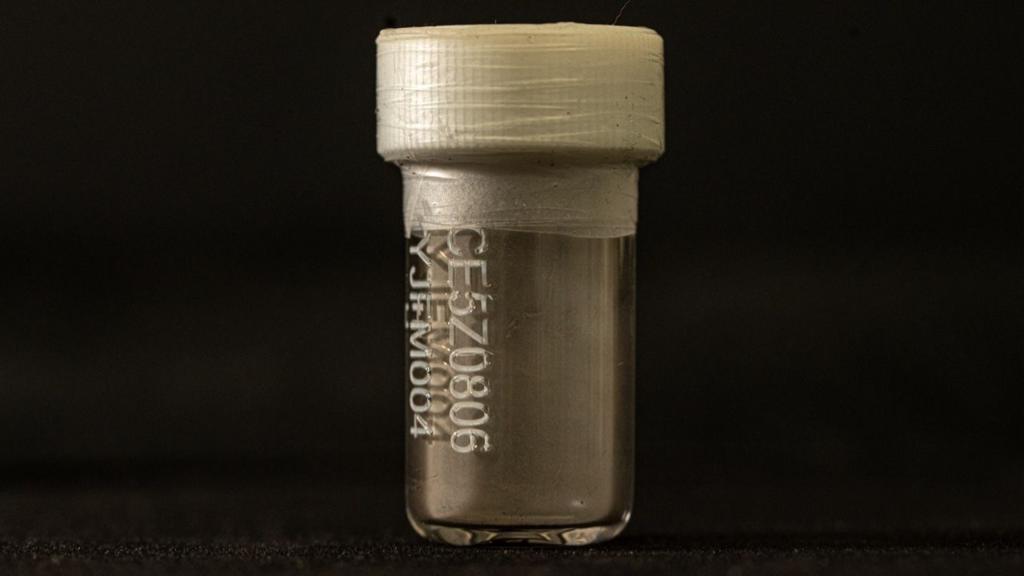For the first time in nearly 50 years, new lunar samples have arrived in the UK, on loan from the China National Space Administration (CNSA).
These precious lunar dust grains, secured within a high-security facility in Milton Keynes, have been granted to Professor Mahesh Anand, the sole UK scientist to receive this rare material.
Professor Anand describes the samples as “more precious than gold dust,” highlighting the unique opportunity this represents. He states, “Nobody in the world had access to China’s samples, so this is a great honor and a huge privilege.”
His team plans to analyze the lunar dust using advanced techniques, including laser ablation, to unlock fundamental insights into the Moon’s formation and early Earth history.
Analysis of these samples could provide crucial evidence supporting the giant-impact hypothesis – the theory that the Moon formed from debris ejected after a collision between Earth and a Mars-sized object 4.5 billion years ago.
The samples originate from the Chang’e 5 mission, which successfully collected 2kg of lunar material from the Mons Rümker volcanic region in 2020, marking China’s first successful lunar sample return since the Soviet era.
This unprecedented access, granted to seven international researchers, underscores CNSA’s commitment to global scientific collaboration, strengthening China’s position in the renewed space race.
Professor Anand received the samples at a ceremony in Beijing, meeting with colleagues from across the globe. He observed, “It was almost like a parallel universe – and China is so far ahead of us in terms of their investment in space programs.”
The samples were transported back to the UK in his hand luggage, emphasizing their exceptional value. At the Open University, rigorous protocols ensure the pristine condition of this extraterrestrial material.
Within a high-security cleanroom, the team carefully handles the samples, contained in tiny vials. The appearance might seem underwhelming, but the significance of their cosmic journey is profound. Professor Anand emphasizes that even 60mg is sufficient for extensive research, stating, “Here, the small is mighty.”
The team, including technician Kay Knight, experienced in meteorite analysis, prepares the samples for advanced analysis using specialized equipment, including laser ablation and high-temperature furnaces, built to extract valuable isotopic information.
This unique setup, particularly the high-temperature furnace developed over decades, highlights the Open University’s expertise and explains their selection for this prestigious project.
The research will be destructive, consuming the samples within the year. However, this work paves the way for future collaborations, mirroring the legacy of Apollo-era research. With CNSA’s Chang’e 6 mission already returning samples from the lunar far side, this collaboration promises further groundbreaking discoveries.
Professor Anand concludes, expressing hope for continued collaboration, stating, “I very much hope that this is the beginning of a long-term collaboration between China and international scientists. I hope that other countries will follow suit.”
Get our flagship newsletter with all the headlines you need to start the day. Sign up here.
Giant tyre firms are testing tyres that can survive conditions on the Moon and Mars.
Prof Mahesh Anand is the first UK scientist chosen to receive samples from the 2020 Chang’e-5 probe.
Tony Harnett says the shot, taken from six miles away, has taken years to capture perfectly.
Proponents say space-based data centres will be more secure, but sceptics say big hurdles remain.
Asteroid 2024 YR4 won’t hit Earth but now has a 3.8% chance of striking the Moon.

